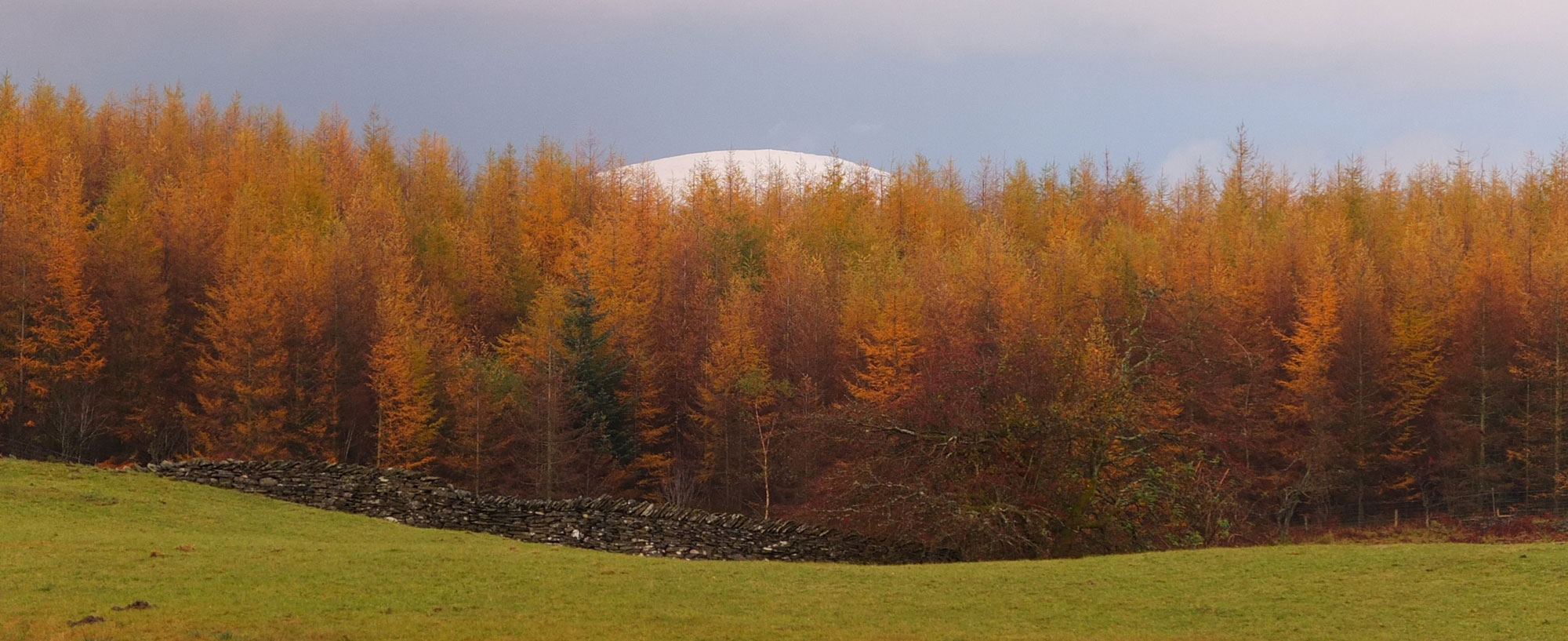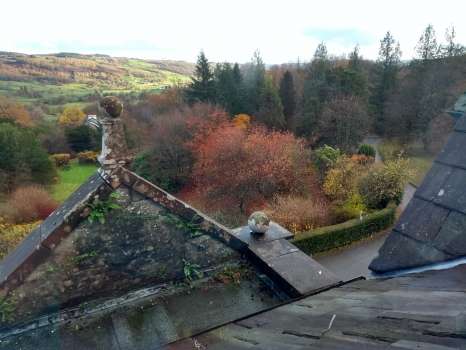The rain has cleared and sunlight brings colour to the hillside across the valley. Larches shine in their yellowness across the valley still free from the ravages of Phytophthera ramorum but for how long? A Metasequoia orange in colour is flanked by the glistening white trunks of Betula ermanii given to us by Christina’s sister 20 years ago. Flecks of yellow remain on hazel and Rosa rugosa and at the edge of a green lawn luminescent orange stems of Salix alba Britzensis will continue to give us joy right through the winter. The bright red cherry-sized fruit of Malus hupehensis, the Hupeh crab apple, offer themselves to blackbirds and fieldfares from now through til Christmas. The Hupeh crab is one of few apples that is happy in wet ground as is Malus fusca, on the other side of the lawn, the seed of which I brought over from British Columbia. On our boundary a Japanese maple stands alone in its still full-leaved fall brilliance against a dark evergreen foil of Western red cedar and Hemlock. This is the jolly scene outside my window as I write in mid-November.
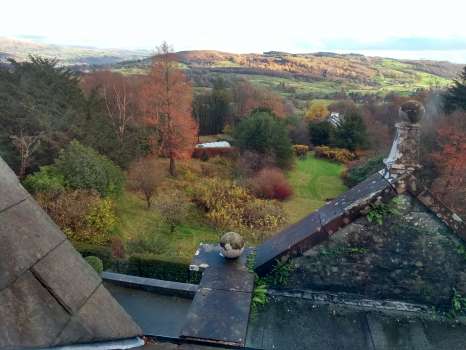
November is the start of tree planting season. The diseased larch in Sawrey Ground Plantation are slowly being cut down as the forestry contractors John and Steven methodically work their way through the forest. Views to the fells are revealed that were hidden by trees before. They are careful not to damage birch, rowan, holly and oak as they fell the larch, but being drawn up by the faster growing conifers their stems are vulnerable with many drooping as they lose their protection from the larches. The hope is that there will be a surge of natural regeneration of these natives but we will have to be diligent about fencing the young seedlings from deer.
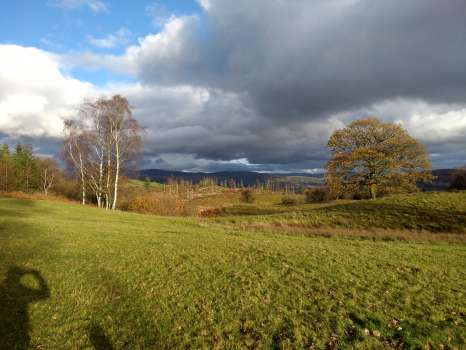
Interspersed among the regenerating tree seedlings will be planted trees of a variety of other species. Creating a resilient forest for the next 50 years able to handle future tree diseases and an uncertain climate along with improving the wildlife habitat of the forest and its productivity are the guiding principles behind the species we will choose to plant. What is required to make the forest resilient is diversity. So along with our in situ natives we are adding cherry, alder, sycamore, aspen, hornbeam, beech, lime, Douglas fir and Scot’s pine along with shrubs such as hazel, bird cherry, wild rose and dogwood bordering the rides and edges of the forest. In 30 to 50 years I see our forest along with many like ours suffering from larch disease in the Lake District as mixed woodlands i.e. mostly native broadleaves with conifers. Single stands of any species will be rare. It will require different management, more along the lines of selective felling as is done in Europe rather than the clear cut and replant with a single species that has been the practice in the UK. These will be woodlands fit for a World Heritage Site where landscape and recreation issues become dominant.
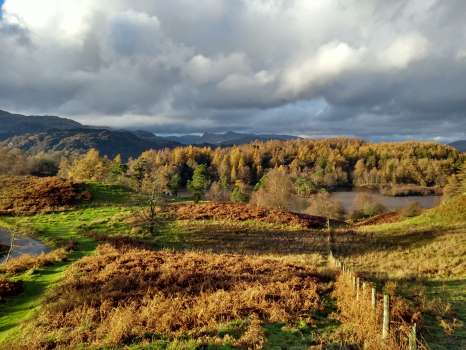
Go back to all blog posts or read the next entry in our blog here →
You can also read the previous blog post here.
